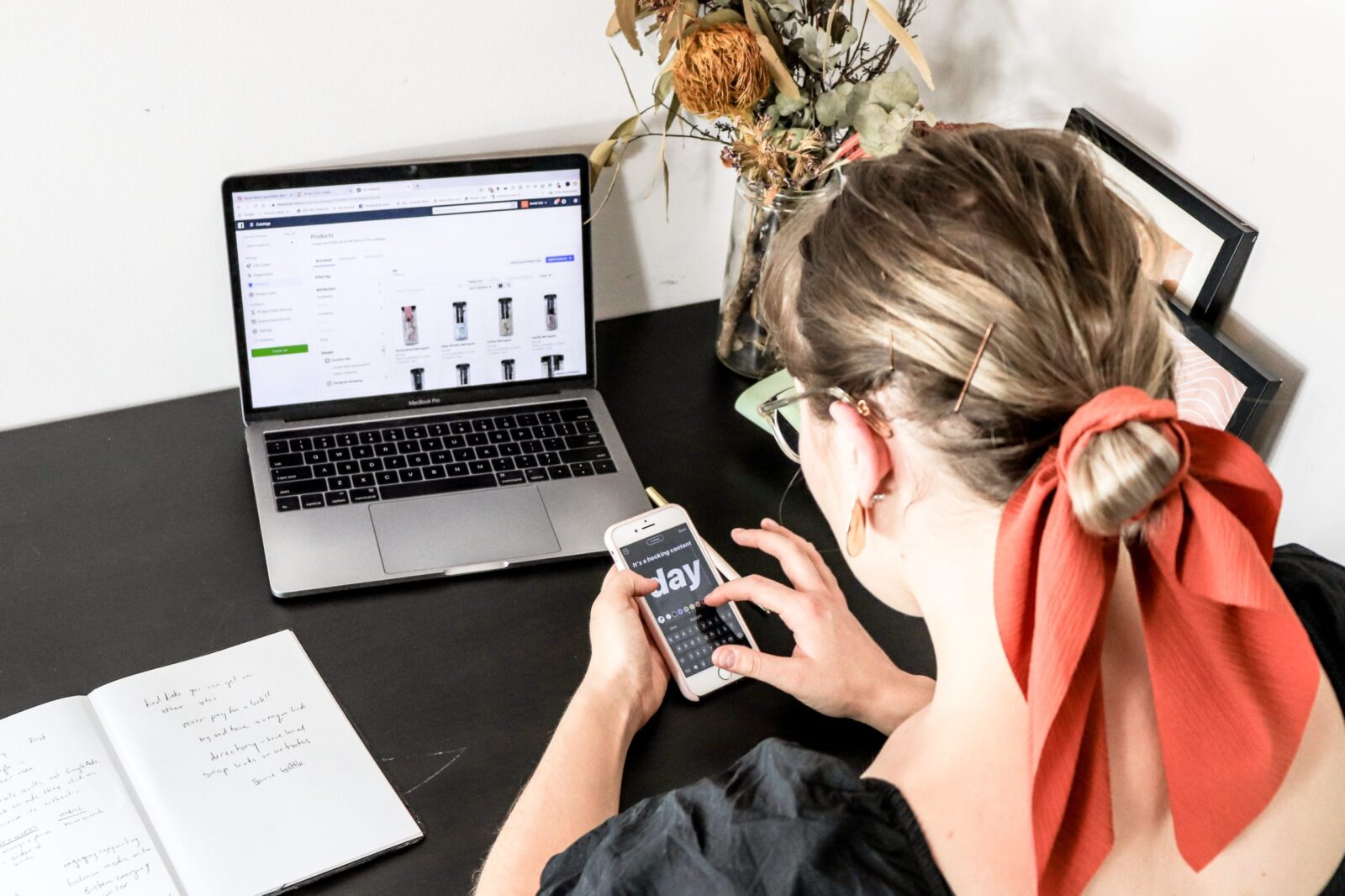What Addicts Us to the News about the Pandemic? The Same Thing that Got Us Addicted to Technology in the First Place
Beware of false knowledge;
it is more dangerous than ignorance.
— George Bernard Shaw
A few days ago, I made a radical, life-changing decision. To move? No. To put our kids in another school? Not at all. To go on a trip? If only. I decided to check the news about the pandemic at most once every few days. Why did I take such extreme measures?
Got Dopamine?
Because what got us hooked on our phones and devices in the first place was their dopamine-inducing qualities, which have been piqued a hundred times over since the pandemic began. Nir Eyal, who teaches courses in Silicon Valley on how to manipulate people into habitually using technology products—training for which up-and-coming programmers pay as much as $1,700—agrees: “The technologies we use have turned into compulsions, if not full-fledged addictions. It’s the impulse to check a message notification. It’s the pull to visit YouTube, Facebook or Twitter for just a few minutes, only to find yourself still tapping and scrolling an hour later.” This is no coincidence, Eyal exclaims. It’s “just as their designers intended.”
Let’s consider how technology companies keep us touching our phones, on average, over 2,500 times per day in the hopes of the next dopamine rush: We check our emails and text messages incessantly in the anticipation of a message from someone we want to hear from.
Most of the time, that person hasn’t written; yet we do receive messages from others, which we might as well check since we’ve opened the app. Part of the reason we check is that replying to all of the messages therein is a reward in itself: the feeling of completion, scratch that task off the list. But then the task resurfaces ten minutes later when we check again.
The Dopamine-Inducing Strategies of App Programmers Meet the Pandemic
Most importantly, recognize that those dopamine-inducing strategies—already extremely effective before anyone had ever heard of COVID-19—are on steroids during the pandemic. Your worst enemy is the one you don’t see. Once you understand the way apps and social media have flourished, you can design your own strategies to contain them and shift your life in a better direction. To live a more fulfilling life, it’s imperative that you reclaim it by directing how you use technology rather than allowing it to direct you for a minute longer.
To understand how dopamine works, it’s important to note that even negative information can keep us hooked, as it signals our long-term chances for survival and flourishing—which, after all, is one of our deepest existential goals. As I found in a recent study, we feel emotion about what concerns us, what we care about, what helps or impedes our progress toward an important goal—even if it’s negative.
The goal in the pandemic is not an electronic message from someone we want to hear from; rather, it is that the curve is flattening, that our government is providing much-needed testing, contact tracing, and ventilators, that people are being infected and dying at lower rates. We receive news at random time intervals—a new stay-at-home edict, a new city becoming the latest viral hot spot, a new prediction of how long the pandemic will last—which keeps us coming back for more in our pursuit of safety, security and, ultimately, survival. Every news flash of the race for a vaccine, of the tightening or relaxing of social distancing measures, of anything whatsoever related to COVID-19, is a tiny morsel that induces dopamine as we continue in pursuit of our goal: a safe, secure future.
Robert Lustig, a professor of pediatrics and endocrinology at USC, shares that the Internet “[is] not a drug, but it might as well be. It works the same way [and] has the same results.” He has found that the brain responds to technology similarly to how it responds to other addictive substances ranging from sugar to heroin. The USC endocrinologist notes that when the brain becomes accustomed to a higher level of dopamine, it impels us to continue seeking out the addictive habit or substance—whether it’s a drug, sex, or a habit mediated by technology.
Dampening the Dopamine and Taking Charge of Your Life
While I can’t tell you how much time you should be online, what I can tell you is that if you want to be happy and successful in life, it’s imperative that you decide how much time you will spend on your devices each day. Then, allow those values—rather than those of thousands of programmers who profit from your screen-gazing—to guide your actual behavior.
When your values around screen use and your actions are consistent, you will witness a sea change in how you experience your life and your devices. You will direct how you use them instead of allowing them to continue directing you.
Have you developed some effective strategies to regulate how often you check the news? Please share them in the comments so others can benefit from your experience.





There Are 2 Comments
Julie Kantor5-30-2020
Well written and excellent article. Thank you for the reminder of how technology and why the news is so addictive.
Javier5-31-2020
Thanks for your article. I also found myself checking the news more often that ever in my life and wondering: how did this became so automatic?
So in simplified terms, you are saying that I was checking the news so often because it’s connected with my survival instinct? Makes sense…
Comments are closed.